From its humble beginnings in Abeokuta to global runways, Adire is a living example of Yoruba artistry combined with cultural heritage, and the facts in this article prove this.
More than just a fabric, Adire has been a symbol of art and creativity for years. Surviving colonial disruption, cheap imports, and the pressures of modern fashion, a new generation is now bringing it back to life.
Here are all the interesting facts you should know about Adire.
1. Adire originated from Abeokuta, Ogun State
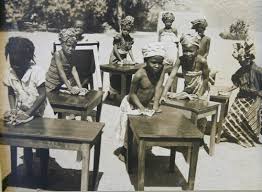
Adire was first produced by the Egba women of Abeokuta in the early 1900s. “Adire,” which means “tie and dye” in Yoruba, refers to the process of creating patterns on fabric using resist-dye techniques. Adire employs resist-dyeing techniques to create patterns, while other fabrics are decorated through embroidery, painting, and appliqué.
2. It was first produced by Chief Mrs Miniya Jojolola Soetan
Many sources credit Chief Mrs. Miniya Jojolola Soetan, the second Iyalode of Egbaland, as the woman who first produced Adire cloth. She used raffia, cassava paste, and natural indigo dye to create unique patterns, then passed the technique on to her children and other women in her community, thus laying the foundation for a thriving craft industry.
3. It was formerly a family business
The business of adire textile production is assumed to be inborn, inherited by birth. The craft was formerly known to be a family business in Egbaland, passed from parents to their female children and their male children’s wives.
4. How Adire is made
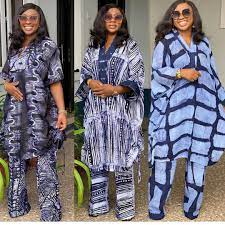
Adire is made through a traditional resist-dyeing process where artisans create patterns by preventing parts of a cotton fabric from absorbing dye. They achieve this by tying, stitching, folding, or applying starch, cassava paste, or wax to selected areas. The fabric is then repeatedly dipped in natural indigo dye made from the Elu leaf, producing its signature deep blue color. After drying, the protected sections reveal beautiful, intricate patterns.
5. Indigo Dye was the most commonly used ingredient
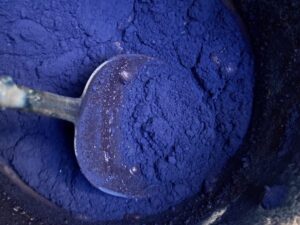
The deep blue color of Adire comes from Elu, also called Elu leaf, a locally sourced natural indigo dye made from the leaves of the Lonchocarpus cyanescens plant. The process involves fermenting the leaves in clay pots, creating a rich dye that can turn plain cotton into deep shades of blue with intricate designs.
The first Adire material was made with Teru (local white attire) and Elu (local dye) made from elu leaf, which is planted in the Saki area of Oyo state.
ALSO READ: Aso-Oke: The Vibrant Fabric That Tells A Story Of History, Culture, and Style
6. Types of Adire
There are three main types of Adire fabrics, each based on how patterns are made:
- Adire Oniko: involves tie and dye using raffia to create resist patterns.
- Adire Eleko: involves cassava paste painted onto fabric.
- Adire Alabere: involves hand-stitching before dyeing (stitched resist)
However, there are other types.
7. The original custodians of Adire were women
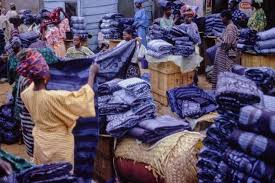
Since its inception, Adire has always been a craft historically attributed to women. From designing, dyeing, and production to selling, women remained specialists in the craft, but men became involved in decorating techniques using stitching machines and applying starch through zinc stencils.
8. Nike Davies-Okundaye played a key role in reviving Adire
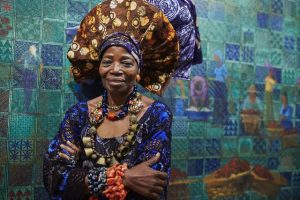
There was a decline in Adire production in the 80s and 90s due to cheap and low-quality fabrics. From the 2000s onward, designers and cultural proponents began reviving it. Chief Nike Davies-Okundaye, founder of Nike Art Gallery, is one such person. Through her art workshops and galleries, she has passed on her skills to over 3000 Nigerians, thereby empowering them in the art of Adire.
9. Adire is now a symbol of sustainable fashion
Long before “eco-fashion” became trendy, Adire artisans were using natural dyes, handmade methods, and zero-waste processes. Today, sustainability experts celebrate Adire as one of Africa’s oldest environmentally friendly fashion traditions.
Contemporary designers like Lisa Folawiyo have incorporated Adire into their collections showcased at New York and Paris Fashion Weeks. Issa Rae, Lupita Nyong’o, and Solange Knowles are some of the global icons who have worn her designs.

E-commerce fashion store Dye Lab is also one of the top brands that is redefining cultural fashion with modern Adire designs and patterns.
10. The Nigerian Government is promoting adire as a cultural export
The federal and state governments now encourage using Adire for official uniforms and ceremonies, branding it a national identity fabric. Ogun State Governor Prince Dapo Abiodun urged the FG to adopt Adire as a cultural symbol in order to promote the rich culture of the nation to the world.
In March 2024, the House of Representatives called on the Federal Government to ban the importation of adire/kampala and other local fabrics to protect the local market and earn foreign exchange for the country.

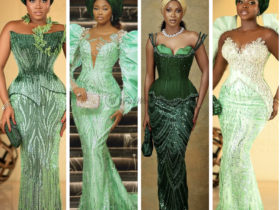
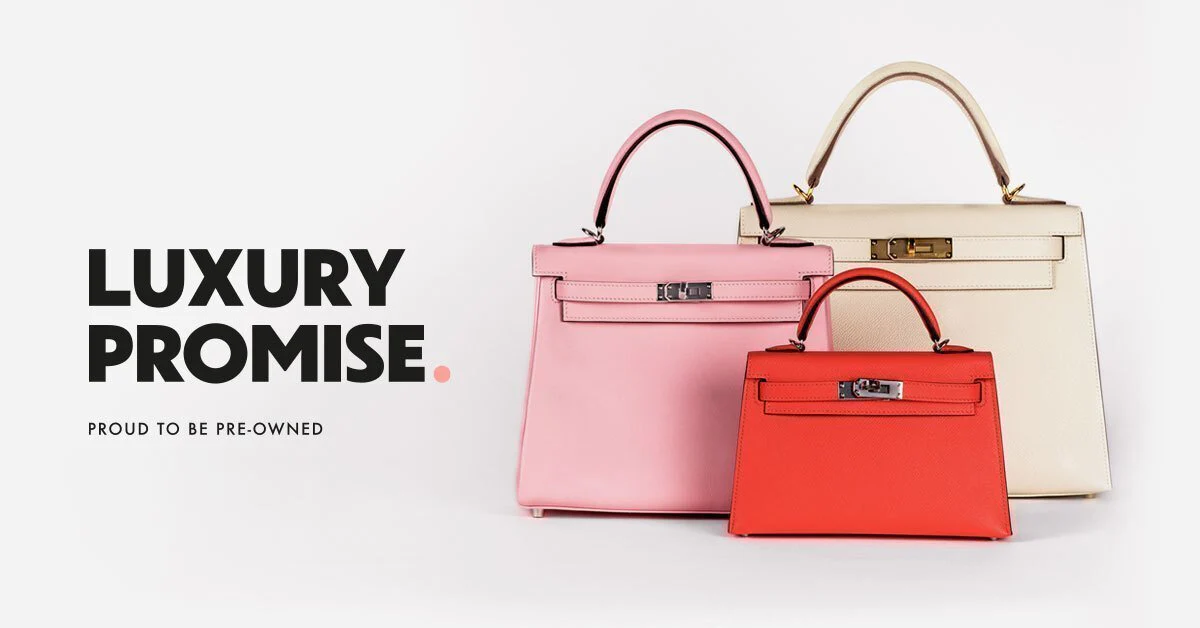
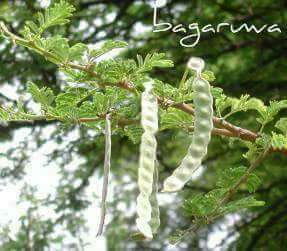



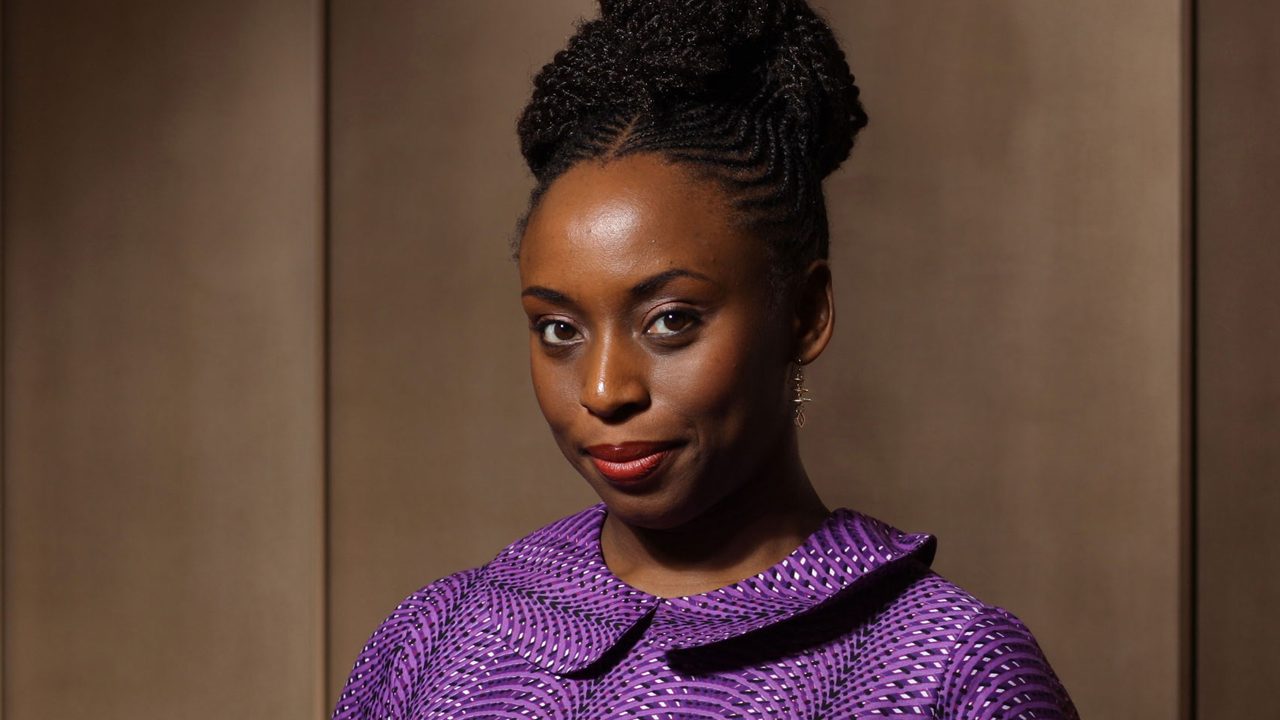
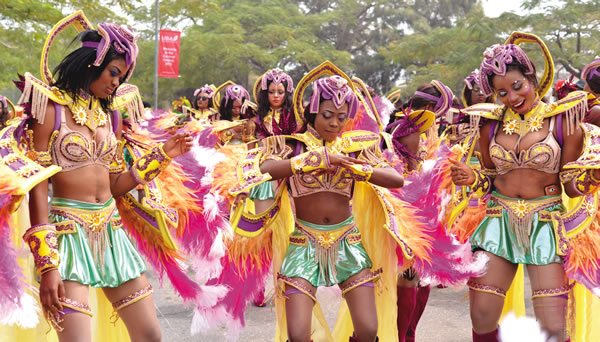


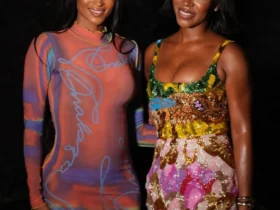
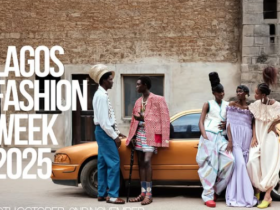

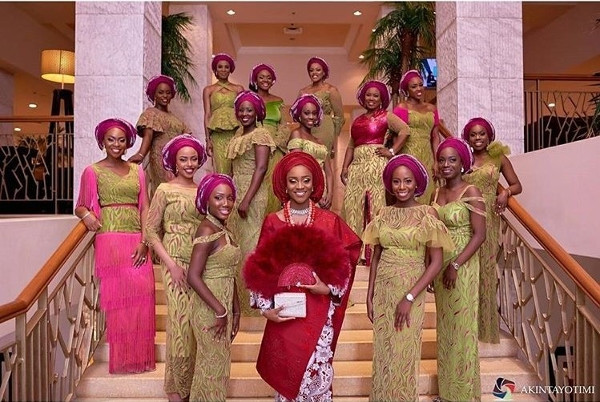

Hello!! My name is Anu
I'm a passionate digital media strategist and the creative mind behind FabWoman. My goal is to inspire and empower millennial women across Africa to live their most fabulous lives. Through FabWoman, I create engaging content that covers everything from fashion and beauty to health and lifestyle. When I'm not working, you'll find me exploring the latest trends, enjoying good food, and staying fit. Let's make every day fabulous together!